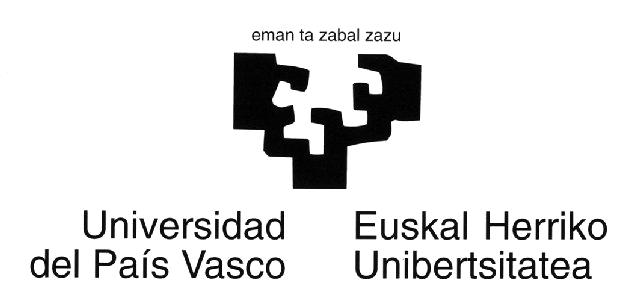|
In the recent years graphs have been proposed in the field of computer
vision and pattern recognition as a means for encoding structural information.
Furthermore, the interest of graph representations and their corresponding
graph matching techniques is increasing due to the versatility of representing
knowledge in the form of graphs. Knowledge is encoded in these graphs
by means of the information extracted from images, where vertices represent
the segments or entities of the image and edges show the relationships
between them. Examples of areas in which this type of representation
is used are cartography, character recognition, and recognition of brain
structures among many others. The recognition of an input image is performed
by constructing another graph from each image to be recognized and matching
both the model graph and the newly generated graph (i.e. the data graph).
Many different graph matching techniques can be applied to search for
an isomorphism that will match exactly the model and the graph generated
from the image. However, because of the schematic aspect of the model
and the difficulty to segment accurately the image into meaningful entities,
the isomorphism condition can be too strong in many real problems and
cannot be expected between both graphs. In these cases, such problems
call for inexact graph matching, and the aim on these is to search for
the best homomorphism possible. Inexact graph matching problems on the
domain of computer vision and pattern recognition constitute the target
that is tackled on this thesis.
The inexact graph matching problem has been proved to be NP-hard, and
therefore algorithms that provide an approximation to acceptable solutions
are seemly. In order to face this complex problem, inexact graph matching
can be regarded as a combinatorial optimization problem with constraints.
This thesis analyzes the issues and mechanisms that have to be considered
for this purpose, regarding solution representations and fitness functions.
Estimation of Distribution Algorithms are well suited for solving this
type of problems.
Estimation of distribution algorithms is a recent topic in evolutionary
computation that are applied to optimization problems. Several algorithms
and approaches have already been introduced by different authors in
the literature, but up to now there are very few papers showing their
potential and comparing them to other evolutionary computation methods
and algorithms. This thesis introduces the theoretical foundations of
EDAs, and it proposes its use --both in the discrete and continuous
domains-- in order to solve inexact graph matching problems. Adaptations
of EDA approaches to such type of problems with constraints are described,
and their performance for inexact graph matching is compared with that
of broadly known evolutionary computation techniques such as genetic
algorithms and evolutionary strategies.
Unfortunately, the size of the graphs as well as the number of attributes
that real problems contain is usually too high for optimization algorithms,
requiring them to execute for a long time before returning any satisfactory
result. This is the case for instance of image recognition problems,
where the size of graphs increases with the number of image features,
making the matching process to be more complex. Due to this fact, this
thesis also introduces guidelines and experimental results for parallelization
of EDAs aiming at reducing their computation time.
Finally, two particular inexact graph matching problems applied to
recognition of brain structures are shown as examples of the possibilities
that this new graph matching approach offers.
|


